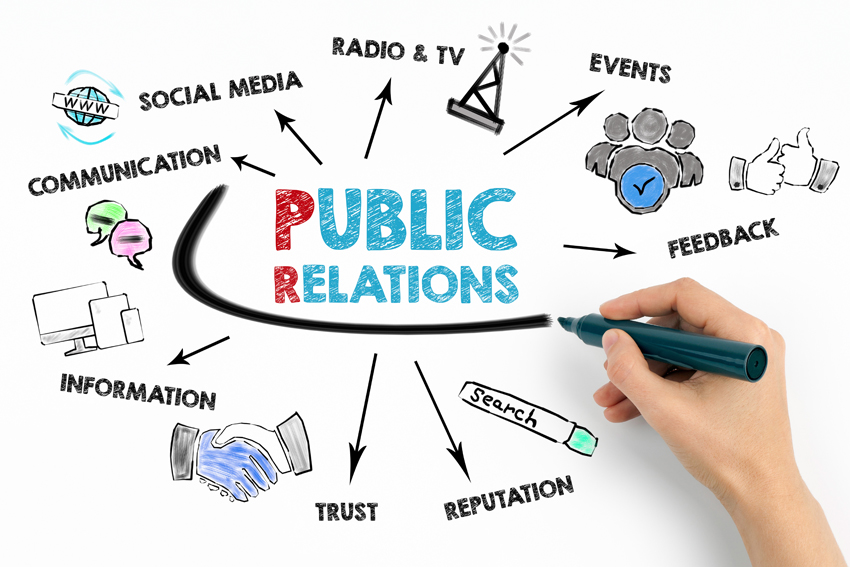Now is the time for post-COVID HR audits

Hinna Upa
An employer must know precisely where their employees are working, because pay, benefit and even corporate tax regulations differ from state to state and country to country.
“Location, location, location,” Hinna Upal, an attorney at Littler Mendelson, said during a Labor and Employment Law webinar sponsored by Phillips Lytle LLP and Woods Oviatt Gilman LLP. The webinar was the latest in a continuing series presented by the Rochester Business Journal and The Daily Record.
“Your work needs to be performed under certain circumstances because the employer is responsible for a host of obligations depending on where you’re sitting while you’re performing those obligations,” Upal said.
For instance, employees of a Rochester company may trigger a new set of rules concerning their exempt or non-exempt status if they physically are working in another state, said Lorisa LaRocca, partner at Woods Oviatt Gilman and chair of the firm’s labor and employment department.

Lorisa LaRocca
“Somewhere like Trinidad and Tobago, there may even be criminal liability for having an employee on the ground,” Upal said.
The location from which remote work is performed is just one of the many items on the management checklist created by the COVID-19 crisis, webinar panelists said. Others questions that must be answered:
- Should you adopt a remote work policy?
- Are you complying with new health and safety regulations?
- Did regulatory tasks fall through the cracks because of the multitude of other pressing matters during the pandemic?
“You were running a million miles an hour, plugging holes, plugging gaps where you could, creating policies where none existed,” LaRocca said. “Now that we’ve sort of come out on the other side, one of the things I think is really critical is to start conducting post-pandemic HR audits.”
Consider a written remote-work policy that spells out expectations, responsibilities and, in the case of employees using personal computers, confidentiality concerns.
Be sure your company is abiding by New York’s new paid sick leave requirements and don’t forget to conduct annual sexual harassment training, LaRocca said. And with personal marijuana use now legal in New York, your company may need to revisit your drug policy.

Kevin Mulvehill
Work from home expands the talent pool and also may give a company a hiring advantage over firms that require in-office employment.
But there are possible negatives to remote work, Mulvehill said. The company culture may be more difficult to maintain, junior employees lose out on mentorship and spontaneous, collaborative ideas are never fostered because of the lack of interaction.
“So can you force employees to return to the office? Generally the answer is yes,” Mulvehill said.
An employer must, however, be sure to make accommodations for employees with disabilities, such as a health issue that makes the employee more susceptible to contracting COVID-19. If an employee voices a significant concern, be sure to listen, Mulvehill said.
“Any discipline for refusing to return to the office may be scrutinized, so be careful, speak to your attorney before taking any action,” he said.
He advised exploring possible temporary solutions, from job restructuring or a temporary transfer, before any disciplinary action is taken.
Workplace culture could be impacted when a sector of the workforce is required to be in the office and another group can work remotely.
“Any time you’re treating people differently, you need to explain why,” Mulvehill said.
The decision must be non-discriminatory and there must be a legitimate business reason, he said.
Another possible divide could take place if companies reduce pay for remote workers or pay more to in-office staff.
“That may harm your ability to retain or recruit talent,” Mulvehill said. “It can create significant morale issues in the event employees choose to stay.
“Any time you have one group of employees doing one thing and another group doing another, you have a chance of creating an us vs. them dynamic. When that occurs, you can have significant morale and other problems in your workplace.”

Elizabeth Cordello
The HERO Act requires all private employers to establish an airborne infectious disease exposure plan, either by adopting standards set forth by the department of labor or by creating their own that complies with, or exceeds, all components of the department of labor model.
A policy must be adopted by Aug. 5, Cordello said.
If your workplace is subject to a collective bargaining agreement, then any alternate plan must be created in partnership with the union representative. If there is no union, employees must have “meaningful participation” in the creation of a plan, Cordello said.
And for any workplace with 10 or more employees, the employer must allow for the creation of a workplace safety committee with supervisory and non-supervisory employees serving as co-chairs.
Plans are not ever activated until the public health commissioner declares there is a highly contagious infectious airborne disease, Cordello said.
Share this story, choose a platform
Brought to you by BridgeTower Media
Free Weekly Newsletter
Recommended content
Public Relations: The role of good PR in bolstering a law firm’s positive public image
Public Relations: The role of good PR in bolstering a law firm’s positive public image By Ellen M. Keiley An [...]
Avoiding ‘deep work’ with tasks masquerading as productivity
Every lawyer indulges in a little fake productivity. Here are suggestions on how to also inject real practice-expanding activities into [...]
Should we restrict the use of AI in law school?
There are ways that AI can help students learn new law and develop legal writing skills without being misused. Read [...]
How to find your inner thought leader
Ideas for lawyers who want to make their knowledge and unique perspective stand out in a competitive profession. Read more [...]





